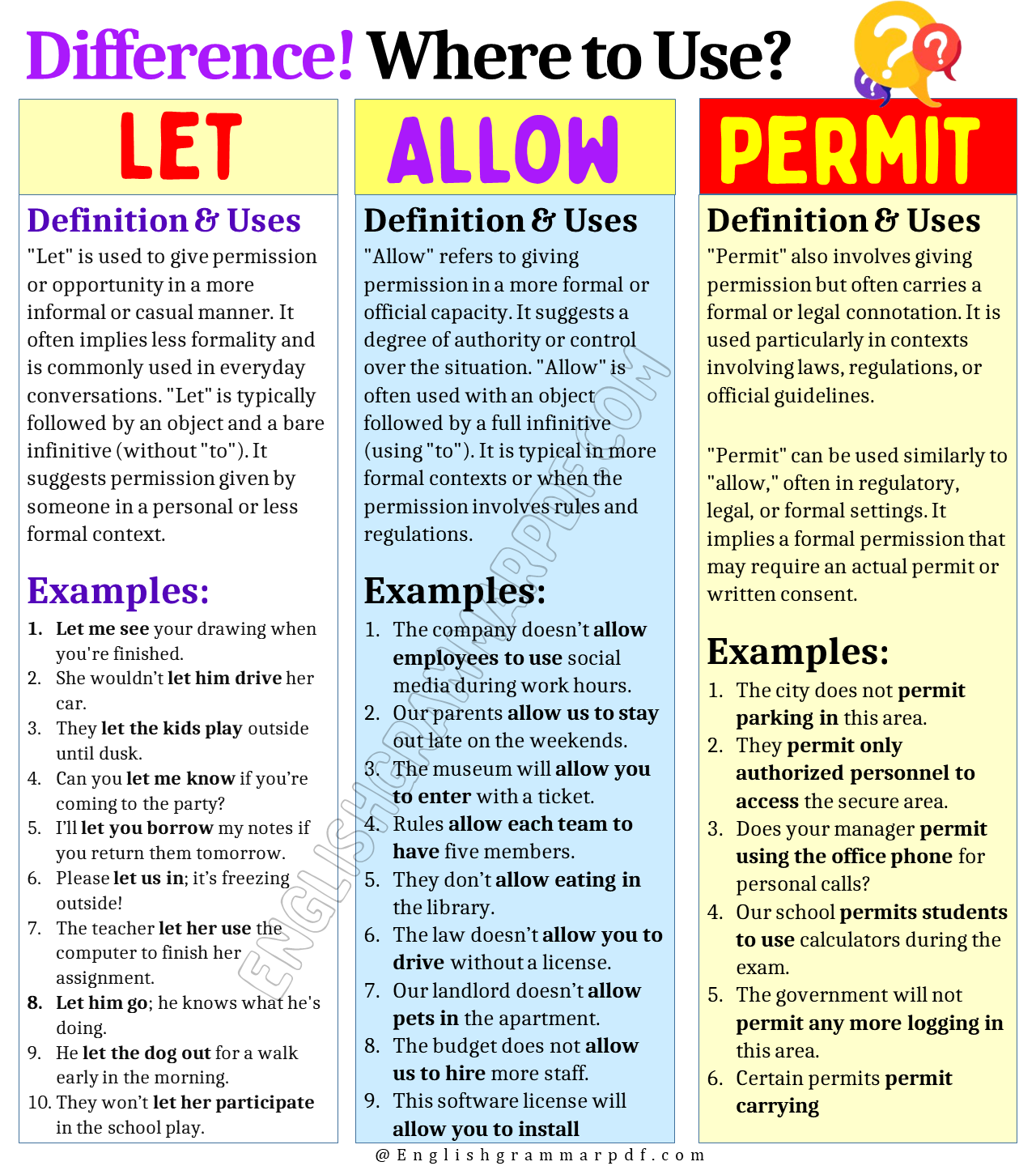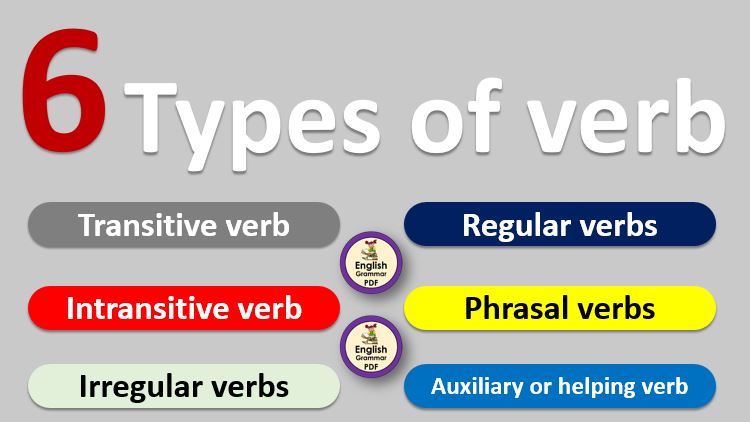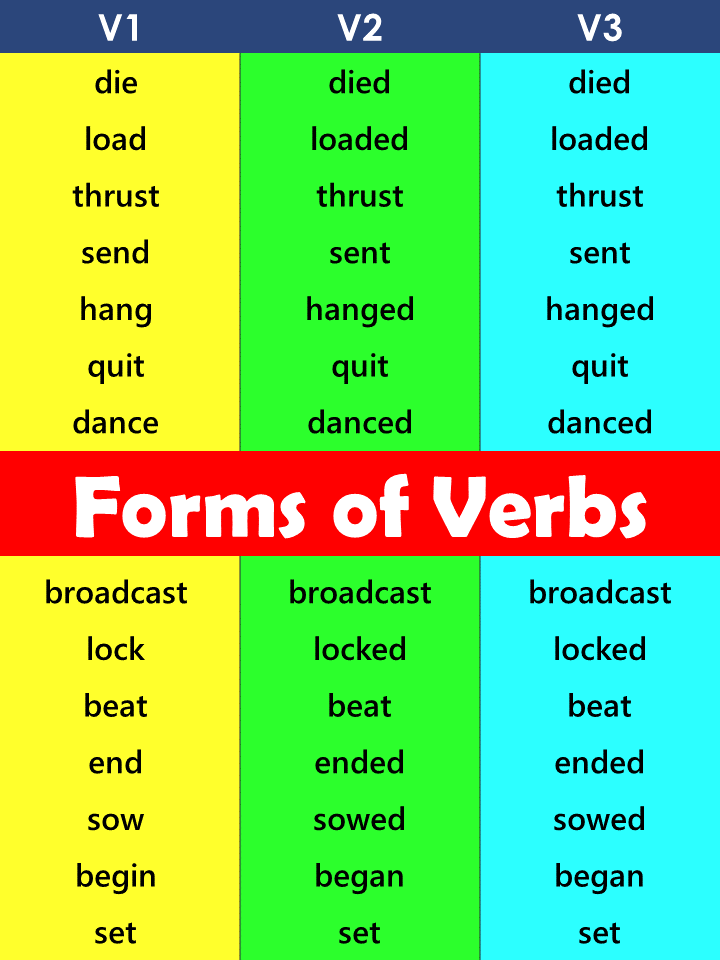Navigating the nuances of language can sometimes feel like threading a needle. This is especially true when dealing with verbs that seem to overlap in meaning, such as “let,” “allow,” and “permit.” While these words may appear synonymous at a glance, each carries its own unique implications and usage in various contexts. In this post, we will explore the definitions, uses, and provide practical examples to help clarify the distinctions between these three verbs.
Difference between Let, Allow, and Permit
Let
Definition & Uses
“Let” is used to give permission or opportunity in a more informal or casual manner. It often implies less formality and is commonly used in everyday conversations. “Let” is typically followed by an object and a bare infinitive (without “to”). It suggests permission given by someone in a personal or less formal context.
Examples:
- Let me see your drawing when you’re finished.
- She wouldn’t let him drive her car.
- They let the kids play outside until dusk.
- Can you let me know if you’re coming to the party?
- I’ll let you borrow my notes if you return them tomorrow.
- Please let us in; it’s freezing outside!
- The teacher let her use the computer to finish her assignment.
- Let him go; he knows what he’s doing.
- He let the dog out for a walk early in the morning.
- They won’t let her participate in the school play
Allow
Definition & Uses
“Allow” refers to giving permission in a more formal or official capacity. It suggests a degree of authority or control over the situation. “Allow” is often used with an object followed by a full infinitive (using “to”). It is typical in more formal contexts or when the permission involves rules and regulations.
Examples:
- The company doesn’t allow employees to use social media during work hours.
- Our parents allow us to stay out late on the weekends.
- The museum will allow you to enter with a ticket.
- Rules allow each team to have five members.
- They don’t allow eating in the library.
- The law doesn’t allow you to drive without a license.
- Our landlord doesn’t allow pets in the apartment.
- The budget does not allow us to hire more staff.
- This software license will allow you to install the program on three computers.
- The new policy doesn’t allow drinking at company events.
Permit
Definition & Uses
“Permit” also involves giving permission but often carries a formal or legal connotation. It is used particularly in contexts involving laws, regulations, or official guidelines.
“Permit” can be used similarly to “allow,” often in regulatory, legal, or formal settings. It implies a formal permission that may require an actual permit or written consent.
Examples:
- The city does not permit parking in this area.
- They permit only authorized personnel to access the secure area.
- Does your manager permit using the office phone for personal calls?
- Our school permits students to use calculators during the exam.
- The government will not permit any more logging in this area.
- Certain permits permit carrying concealed weapons.
- Do regulations permit flying drones in public parks?
- The theater permits bringing your own snacks for the movie.
- Safety protocols permit only certain chemicals to be stored together.
- Her health condition does not permit her to work full-time.



